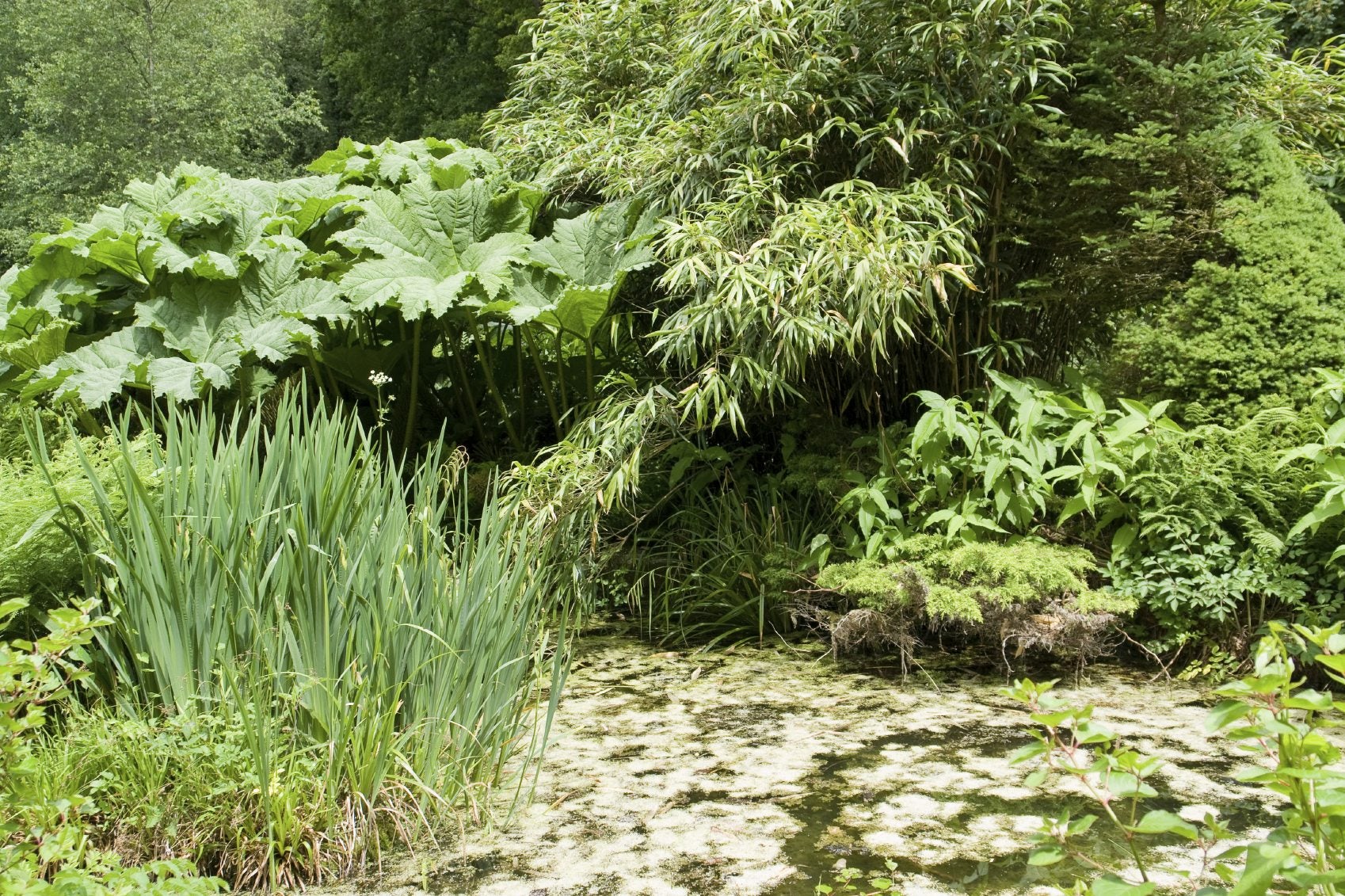Plants For Riparian Areas – Tips For Planning A Riparian Garden


If you are lucky enough to live by a lake or stream you’ll need to fill your backyard garden with plants for riparian areas. A riparian area is an ecosystem found along the edge of a water course or body of water. Planning a riparian garden can be easy and fun. A well-planned riparian garden creates a refuge for wildlife and prevents bank erosion. Let’s learn more.
What is a Riparian Garden?
The word riparian comes from the Latin word for river bank. Due to the proximity of water, riparian ecosystems contain moister soil than upland areas, soil that has been built in variegated layers of sediment. Plants for riparian areas are very important in preventing erosion of the soil, but that’s not all. The trees and shrubs planted in riparian ecosystems influence both the quality of the water in the river or lake and the health of the area’s fish and wildlife. If your garden is blooming and healthy, it will abound in birds, frogs, pollinating insects, and other wildlife.
Riparian Ecosystems
A key to keeping a riparian ecosystem healthy is planning a riparian garden of native plants that require neither pesticide nor fertilizer. Both products can wash into the waterway and pollute it, killing fish and insects. You’ll want to include a variety of plants for riparian areas, mixing trees, shrubs, and herbaceous plants. Selecting plants that are native to your riparian ecosystems makes riparian garden care a snap. Take the time to dig out invasive species that edge out native plants.
Riparian Garden Care
Riparian garden care is much easier if you select plants that require the amount of sunlight and type of soil your riparian ecosystem has to offer. When planting, place the seedlings carefully in the moist soil. Layer organic mulch over the soil to regulate the soil temperature and hold onto moisture. Your riparian ecosystem varies from water’s edge to upslope, and you must select plants for riparian areas accordingly. The five levels of soil moisture are:
- Wet
- Medium wet
- Mesic (medium)
- Medium dry
- Dry
You may have sections of all types in your garden. Each support different types of plants. Your local extension office can help with locating suitable plants.
Sign up for the Gardening Know How newsletter today and receive a free copy of our e-book "How to Grow Delicious Tomatoes".

Teo Spengler is a master gardener and a docent at the San Francisco Botanical Garden, where she hosts public tours. She has studied horticulture and written about nature, trees, plants, and gardening for more than two decades. Her extended family includes some 30 houseplants and hundreds of outdoor plants, including 250 trees, which are her main passion. Spengler currently splits her life between San Francisco and the French Basque Country, though she was raised in Alaska, giving her experience of gardening in a range of climates.